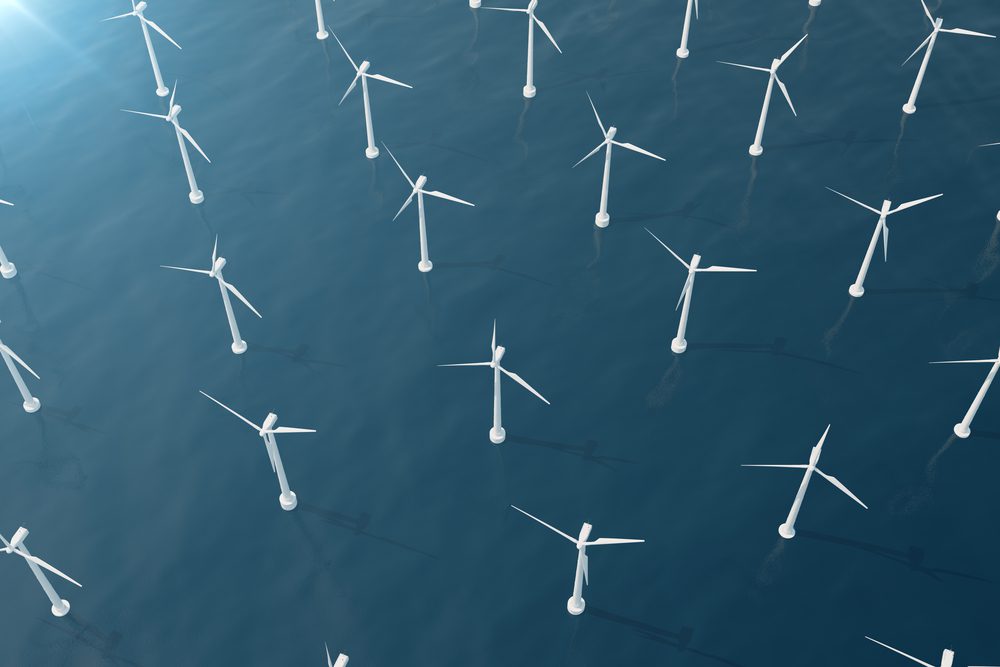By Karen Briere
Published: September 2, 2021

Canadian Pork Council chair Rick Bergmann said he hasn’t heard agriculture mentioned at all and hopes party leaders will step up and recognize the importance of a safe and secure food supply. | File photo
Election ’21: Pork council wants African swine fever action plan to be at the top of the agenda for federal politicians
Canada’s pork producers say their industry and agriculture as a whole should have already been a focus of the current federal election campaign.
Canadian Pork Council chair Rick Bergmann said he hasn’t heard agriculture mentioned at all and hopes party leaders will step up and recognize the importance of a safe and secure food supply.
“I would think keeping Canadians fed and having food security would be a priority,” he said.
Instead, he said it seems like the industry is still being taken for granted.
The council last week released a list of election priorities it hopes will get some attention.
Chief among them is a $50 million pan-Canadian action plan on African swine fever. The federal and provincial ministers have had ASF on their meeting agendas for a few years now. Bergmann said the federal decision to use detection dogs at airports is positive but with decreased travel during the pandemic that risk was lower.
Now that travel is resuming, and the disease has been found in the Dominican Republic, he said the concern is rising again. There has been lots of talk on a full plan but now it’s time to mitigate the potential risk and deal with Canada’s wild boar problem, too.
ASF would cause a minimum hit of $24 billion, Bergmann said.
“It’s time for the rubber to hit the road,” he said.
The CPC also wants a business risk management program that works and Bergmann said it’s time for Ottawa and the provinces to agree.
“They’ve been at it for eight years,” he pointed out.
Canadian producers must be able to depend on their governments the way producers in other countries can.
The council has asked for Ottawa to establish a senior representative in Beijing to deal with trade barriers. China is the world’s largest pork importer but has delisted 65 percent of Canadian processors, said Bergmann. That must be rectified.
The pork industry brings in $5 billion in exports each year; that’s new money into the economy.
Bergmann also pointed out that the pork industry would like some equal treatment when it comes to the carbon tax. In Manitoba, for example, the tax on a finished hog is about $1.50 right now and would rise to $6.50 by 2030.
“That can make producers make a decision to step away from production,” he said.
Bergmann wonders why some parts of agriculture are “outside the penalty box” when it comes to the carbon tax but pork producers are not. He urged federal candidates to pledge to work side-by-side with industry to come up with solutions rather than penalize them.
The CPC has also called for a foot-and-mouth vaccine data bank to be established and help to gain greater access to skilled labour the industry needs.
Bergmann added that major world issues are taking centre stage right now but in a short campaign agricultural leaders have to step up and remind Canadian politicians that producers are the source of what all of society needs. Protecting that source is critical.
















